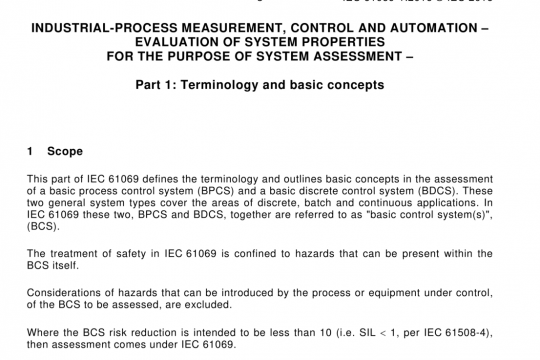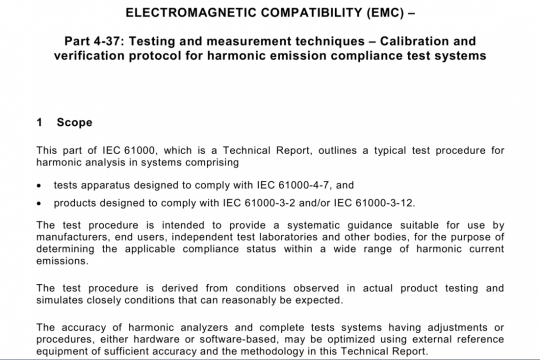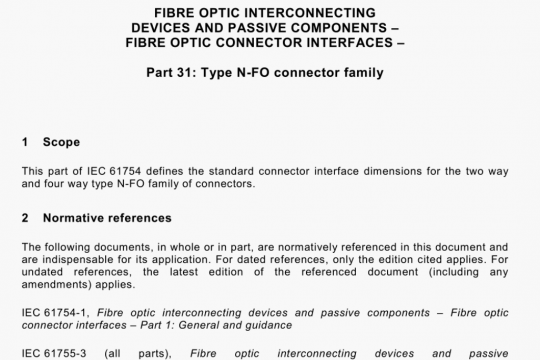IEC 60981 pdf free download
IEC 60981 pdf free download.Extra heavy-duty electrical rigid steel conduits.
The finished conduit shall not flame for longer than 5 s following any of three 60-s applications of flame, the period between applications being 30 s. A specimen shall not:
• emit flaming or glowing particles or flaming drops at any time that ignite the cotton on the burner, wedge, or floor of the enclosure (flameless charring of the cotton shall be ignored);
• continue to flame longer than 5 s after any application of the gas flame; or
• have the coating completely consumed during or after any application of the gas flame.
NOTE When an alternative corrosion protection system employs a thin exterior organic topcoat measuring less than or equal to 0,125 mm in thickness, over a confirmed three-dips worth of zinc, a specimen can display a total consumption of the top coat at the point of flame contact to the conduit without any measureable flame propagation as long as it meets the requirements of 6.2.2.5, first and second bullet points. Confirmation of the presence of three-dips worth of zinc coating is accomplished using the zinc coating test of Annex A as part of a separate test.
Compliance is checked by the following test:
Materials and reactants shall consist of the following:
a) Methane, at 98 % minimum purity, having a heat content of (37 ± 1) MJ/m3 at 25 °C and 101 kPa; or natural gas, with a heat content of (37 ± 1) Mi/rn3 at 25 °C and 101 kPa;
Alternative gases, such as propane, at a 95 % minimum purity, having a heat content of (94 ± 2) Mi/rn3 at 25 °C and 101 kPa or butane, at 99 % minimum purity, having a heat content of (120 ± 3) Mi/rn3 at 25 °C and 101 kPa, may be used if a stable flame is obtained and the heat evolution profile complies with IEC 60695-11-3.
WARNING Propane and butane gases are denser than air and can settle and become an explosion hazard. Consult the gas supplier for special precautions to be taken.
b) Surgical cotton, dry and untreated.
The apparatus and a means for supporting the test specimen in a vertical position shall consist of the following:
1) A three-sided metal enclosure in an exhaust hood or cabinet. The metal enclosure shall be 305 mm wide, 355 mm deep, and 610 mm high, and the top and front shall be open. A 457-mm specimen of finished conduit shall be secured with its longitudinal axis vertical in the centre of the enclosure. A flat, horizontal layer of untreated surgical cotton of a thickness between 6 mm and 25 mm shall cover the floor of the enclosure. The upper surface of the cotton shall be between 229 mm and 241 mm below point B, which is the point at which the tip of the blue inner cone of the test flame touches the specimen. See Figure 6.
2) An angle block, wedge, (see Figure 5) to which the base of the burner can be secured, shall be provided for tilting the barrel 20° from the vertical while the longitudinal axis of the barrel remains in a vertical plane. The burner shall be secured to the wedge and the assembly shall be placed in an adjustable support jig. A layer of untreated surgical cotton of a thickness between 6 mm and 25 mm shall be placed on the wedge and around the base of the burner. The jig shall be adjusted toward one side or the other of the enclosure to place the longitudinal axis of the barrel in the vertical plane that contains the longitudinal axis of the specimen. The plane shall be parallel to the sides of the enclosure. The jig shall also be adjusted toward the rear or front of the enclosure to position the point A, which is the intersection of the longitudinal axis of the barrel with the plane of the tip of the barrel, 38 mm from the point B at which the extended longitudinal axis of the barrel meets the outer surface of the specimen. Point B is the point at which the tip of the blue inner cone touches the centre of the front of the specimen. The specimen shall be adjusted vertically to keep point B from being any closer than 76 mm to the lower clamp or other support for the specimen.IEC 60981 pdf download.




